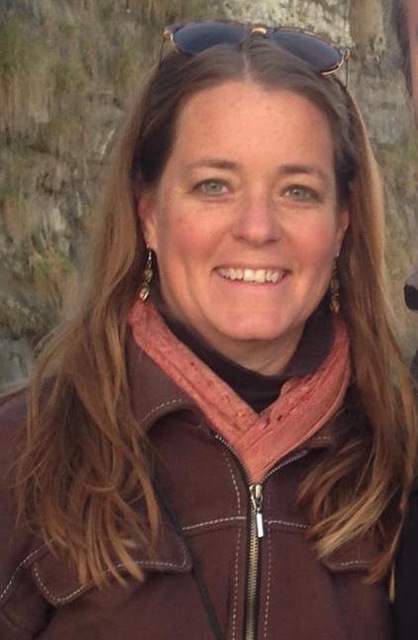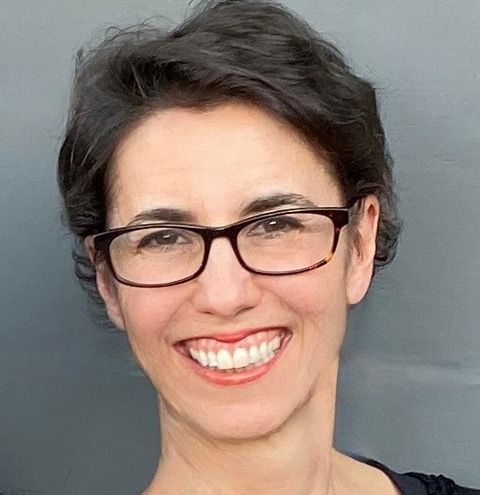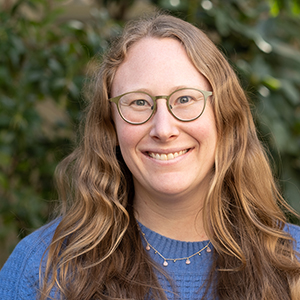PROJECT HIGHLIGHT:
This project aims to develop and validate tools to better monitor harmful cyanobacterial blooms in California's Sacramento-San Joaquin Delta by creating an image classification model that can consistently classify bloom severity from photos. By improving and standardizing how these blooms are monitored, the project will help water managers and communities better track and respond to potentially harmful algal blooms that affect water quality and public health.
PROJECT SUMMARY:
Harmful algal blooms in California's Sacramento-San Joaquin Delta have become increasingly frequent and severe, posing toxin risks to both ecosystem and human health. The most common type is caused by Microcystis, a species of cyanobacteria that can produce harmful toxins. Since the early 2000s, monitoring of harmful algal blooms has relied heavily on a visual scoring system called the Microcystis Visual Index (MVI), but this system is subjective and doesn't provide quantitative data about bloom severity or toxicity.
This project aims to improve bloom monitoring by developing an image classification model that can automatically and consistently rank bloom severity from photos. The researchers will combine field sampling with digital photography at various Delta locations, collecting data about bloom density, toxin levels and environmental conditions. This comprehensive sampling will help them validate the visual scoring system and understand how visible bloom characteristics relate to actual measurements of toxicity and biomass.
The end result will be a set of improved monitoring tools that can be used by water managers, tribal members, and community scientists. The project team will create a smartphone application that can consistently classify bloom severity from photos, and they will establish relationships between visual bloom characteristics and quantitative measurements of toxicity. These tools will be integrated into a public data dashboard, making the information readily available to agencies and communities that need to track and respond to harmful algal blooms in the Delta.
This project is funded by the Delta Stewardship Council Delta Science Program under Agreement No. DSC23000, and is administered by California Sea Grant.
 Holly Bowers
Holly Bowers
 Gry Mine Berg
Gry Mine Berg
 Ellen Preece
Ellen Preece
 Laura Nickelhoff
Laura Nickelhoff
 Spencer Fern
Spencer Fern